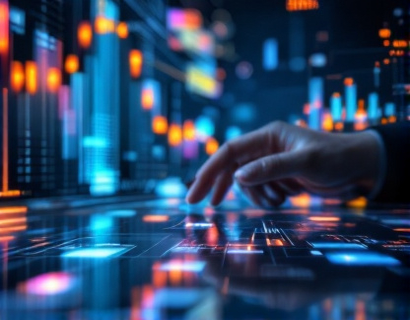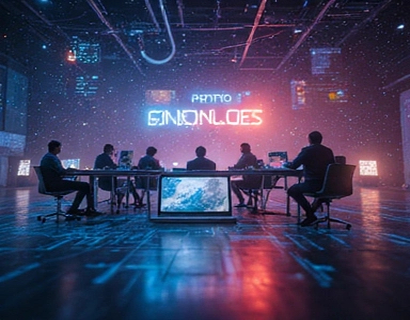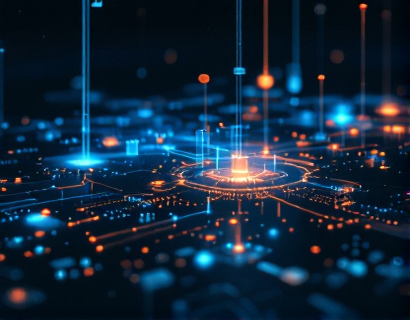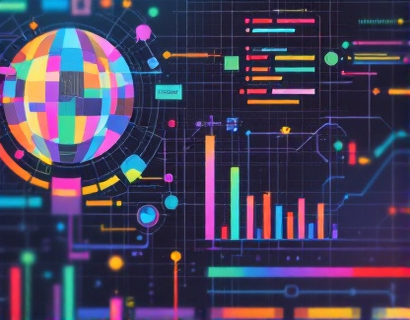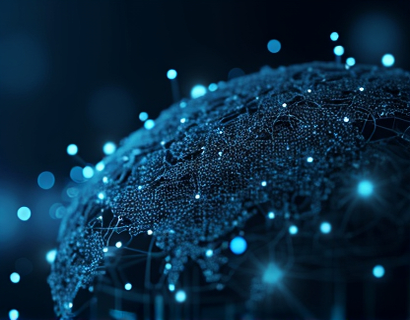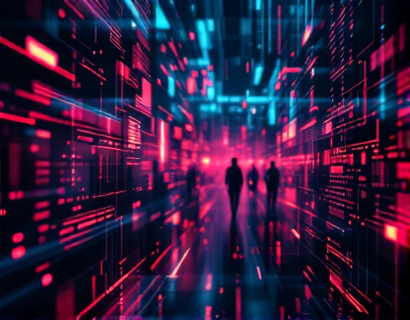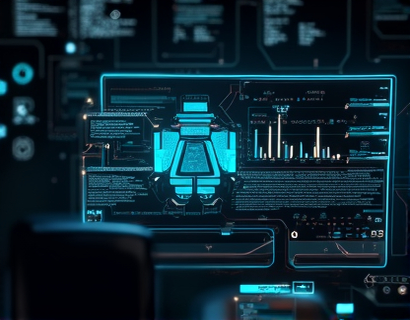AI and Crypto Fusion: Elevating Digital Productivity with Next-Gen Innovations
The integration of Artificial Intelligence (AI) and cryptocurrency is revolutionizing the digital landscape, offering unprecedented opportunities for enhancing productivity and redefining the way we interact with technology. This convergence is not just a technological curiosity but a transformative force that is reshaping industries and empowering individuals and businesses alike. As we delve into this topic, we will explore the synergies between AI and cryptocurrency, their individual impacts, and how their fusion is elevating digital productivity to new heights.
The advent of AI has brought about a paradigm shift in how we approach complex problems and automate tasks. From natural language processing to machine learning, AI technologies are becoming increasingly sophisticated, enabling machines to perform tasks that traditionally required human intervention. On the other hand, cryptocurrency, particularly blockchain technology, has introduced a new paradigm of decentralization, security, and transparency. When these two powerful forces combine, the potential for innovation is immense.
Understanding AI and Cryptocurrency Independently
To fully appreciate the impact of their fusion, it's essential to understand each technology on its own terms. AI, at its core, is about creating systems that can learn from data, recognize patterns, and make decisions with minimal human input. This capability has far-reaching implications, from personalized recommendations in e-commerce to predictive analytics in healthcare. AI's ability to process vast amounts of data quickly and accurately makes it an invaluable tool for enhancing efficiency and decision-making.
Cryptocurrency, particularly through blockchain, offers a decentralized and secure way to conduct transactions without the need for intermediaries. Blockchain's immutable ledger ensures transparency and trust, making it ideal for applications that require high levels of security and accountability. Beyond finance, blockchain is being explored for supply chain management, identity verification, and more. The combination of these technologies can lead to more robust and trustworthy systems.
Synergies Between AI and Cryptocurrency
The true power of AI and cryptocurrency emerges when they are combined. One of the most significant synergies is in the realm of smart contracts. Smart contracts are self-executing contracts with the terms of the agreement directly written into code. When AI is integrated into smart contracts, it can enhance their functionality by enabling more complex decision-making processes. For instance, AI can analyze market conditions and automatically adjust contract terms to optimize outcomes, reducing the need for manual intervention and increasing efficiency.
Another area where AI and cryptocurrency intersect is in the development of decentralized applications (dApps). dApps leverage blockchain's decentralized nature and AI's computational power to create applications that are more resilient and secure. AI can improve user experiences in dApps by providing personalized services, predictive maintenance, and enhanced security features. This fusion not only enhances the functionality of dApps but also broadens their appeal to a wider audience.
Enhancing Digital Productivity
The fusion of AI and cryptocurrency is particularly impactful in the context of digital productivity. One of the key ways this occurs is through the creation of decentralized productivity platforms. These platforms use blockchain to ensure data integrity and AI to optimize workflows. For example, a decentralized project management tool can use AI to predict project timelines, allocate resources more efficiently, and detect potential bottlenecks before they become issues. This not only streamlines processes but also builds trust among team members due to the transparent and immutable nature of blockchain.
AI-driven automation is another critical aspect. Repetitive and time-consuming tasks can be automated using AI, freeing up human resources to focus on more strategic activities. In a decentralized environment, these automated processes can be executed securely and transparently, ensuring that all participants have access to the same information and can trust the outcomes. This is particularly beneficial in industries like supply chain management, where real-time tracking and automated adjustments can significantly enhance efficiency.
Security and Trust in Decentralized Systems
Security and trust are paramount in both AI and cryptocurrency. The fusion of these technologies addresses these concerns head-on. Blockchain's decentralized and transparent nature ensures that data is secure and tamper-proof, while AI can enhance security through advanced threat detection and response mechanisms. For instance, AI can monitor blockchain networks for unusual activity and automatically trigger security protocols to mitigate risks. This dual-layer approach to security creates a more robust environment for digital transactions and data storage.
Trust is also a significant factor. In a decentralized system, trust is built through transparency and verifiability. AI can further enhance this by providing auditable and explainable decision-making processes. Users can understand how AI-driven decisions are made, which increases confidence in the system. This is particularly important in industries where compliance and regulatory requirements are stringent, such as finance and healthcare.
Case Studies and Real-World Applications
To illustrate the practical applications of AI and cryptocurrency fusion, let's look at a few real-world examples. One notable case is the use of AI in decentralized finance (DeFi) platforms. These platforms leverage AI to optimize trading strategies, manage risks, and automate transactions. For instance, an AI-powered DeFi protocol can analyze market data in real-time, execute trades at optimal times, and adjust strategies based on changing conditions. This not only improves returns but also reduces the need for human oversight, making the process more efficient and reliable.
Another example is the use of AI in decentralized identity verification. Traditional identity verification processes are often centralized, vulnerable to breaches, and prone to fraud. By combining AI with blockchain, a decentralized identity verification system can provide secure and verifiable identities. AI can analyze biometric data and other identity factors to create a secure digital identity, while blockchain ensures that this identity is tamper-proof and controllable by the individual.
Challenges and Future Prospects
Despite the numerous benefits, the fusion of AI and cryptocurrency is not without challenges. One of the primary challenges is the technical complexity involved in integrating these technologies. Developers need to have a deep understanding of both AI algorithms and blockchain mechanics to create effective solutions. Additionally, the regulatory landscape for cryptocurrency is still evolving, and the integration of AI adds another layer of complexity. Ensuring compliance while innovating is a delicate balance that requires careful navigation.
Looking ahead, the future of AI and cryptocurrency fusion is promising. As technology advances, we can expect more sophisticated AI models that can handle more complex tasks on blockchain networks. The development of more user-friendly interfaces and tools will also make it easier for non-technical users to leverage these technologies. Furthermore, the growing adoption of blockchain in various industries will create more opportunities for AI to enhance productivity and efficiency.
In conclusion, the convergence of AI and cryptocurrency is a powerful force that is transforming the digital landscape. By combining the computational prowess of AI with the security and transparency of cryptocurrency, we are witnessing the emergence of new paradigms in productivity, security, and trust. As these technologies continue to evolve, they will undoubtedly play a crucial role in shaping the future of work and digital interactions.












